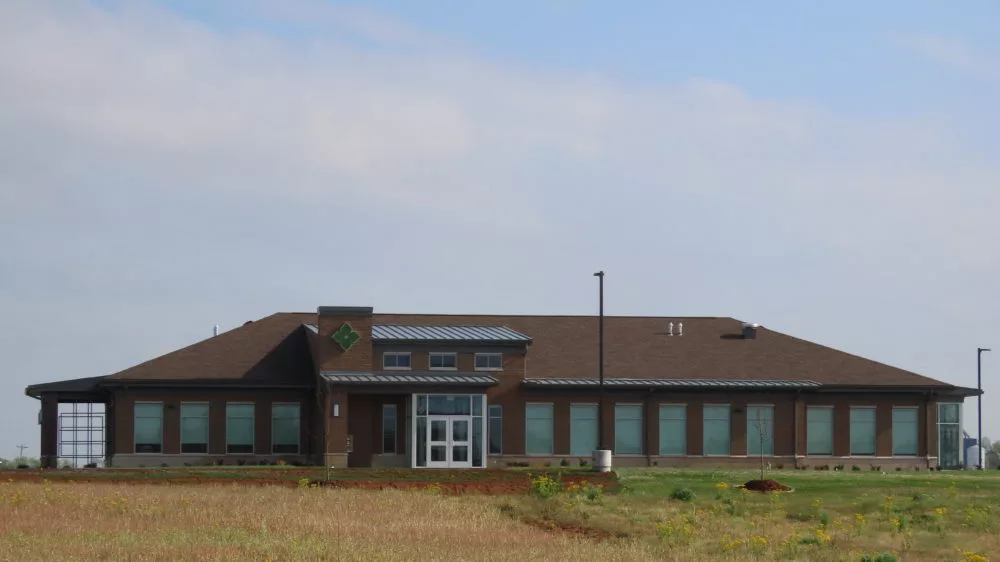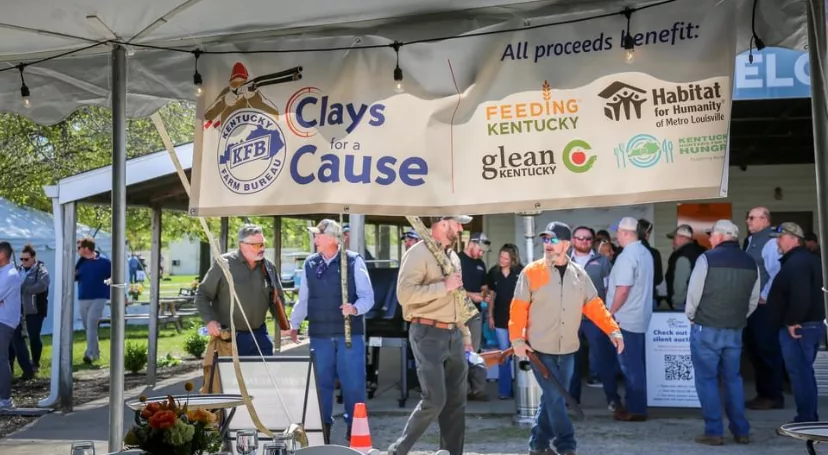Pollinator protection has become a common phrase that we often hear. Prior to 2006, overwintering colony losses occurred at the rate of about 15% annually; since that time, losses have been closer to 40% each year. Losses at this level are unacceptable and unsustainable.
There are a variety of causes that contribute to these losses, which include parasitic mites, diseases, starvation, queen failure, poor management, and pesticide poisoning. Of these, pesticides are under our direct control, and we can take steps to minimize their effects on pollinators.

The risk of harming insect pollinators is low when applications are made to landscapes with no flowering plants, even when materials that are highly toxic to pollinators are used. However, when any pesticide application is made to plants in bloom the risk to pollinators needs to be considered. This is a situation where we should use materials that are not toxic to pollinators or find ways to apply toxic products so that pollinators are not exposed.
Many insecticide labels prohibit spraying areas in which pollinators are actively foraging. There are times when plants may be in bloom but pollinators are not actively foraging, such as cool mornings (temperature below 50F) or late evenings when the sun is beginning to go down. Remember that spraying flowering weeds can be just as hazardous to pollinators as spraying vegetables or perennials in bloom. To the bee, it’s still a flower.
Where there has been direct evidence of pesticide kills of honey bee colonies, pesticide drift over the colonies is frequently the case. To avoid pesticide drift onto honey bee colonies, the first step is to know where the colonies are around areas that will be treated.
Don’t spray when the conditions favor drift, especially in the direction of managed colonies. Bees also need access to water and drift of pesticides into water sources can be just as deadly.
— Kelly Jackson, Christian County Extension Agent








